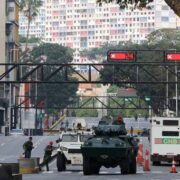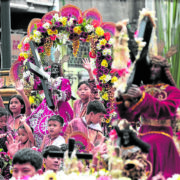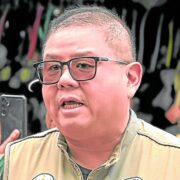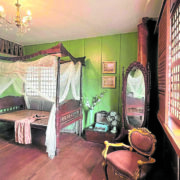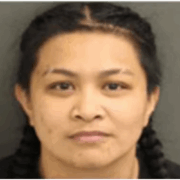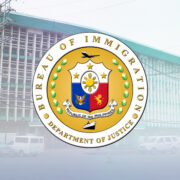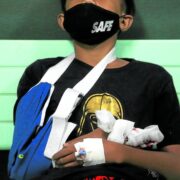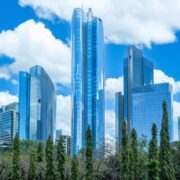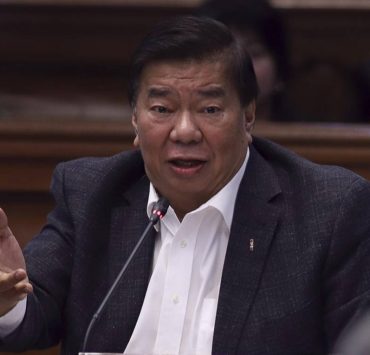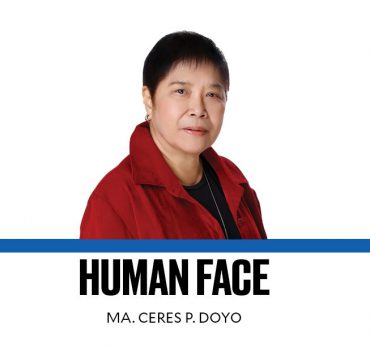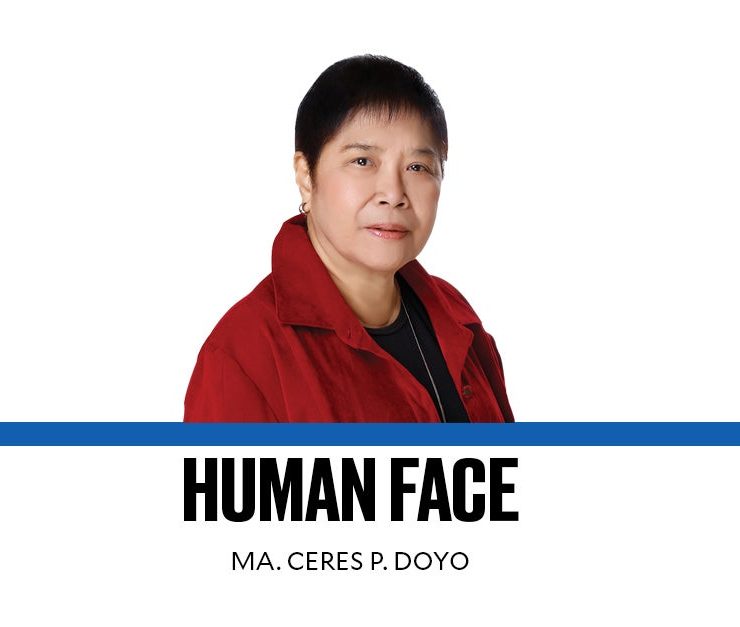Missing Ata tribe leader, 5 others are latest Bantayog heroes
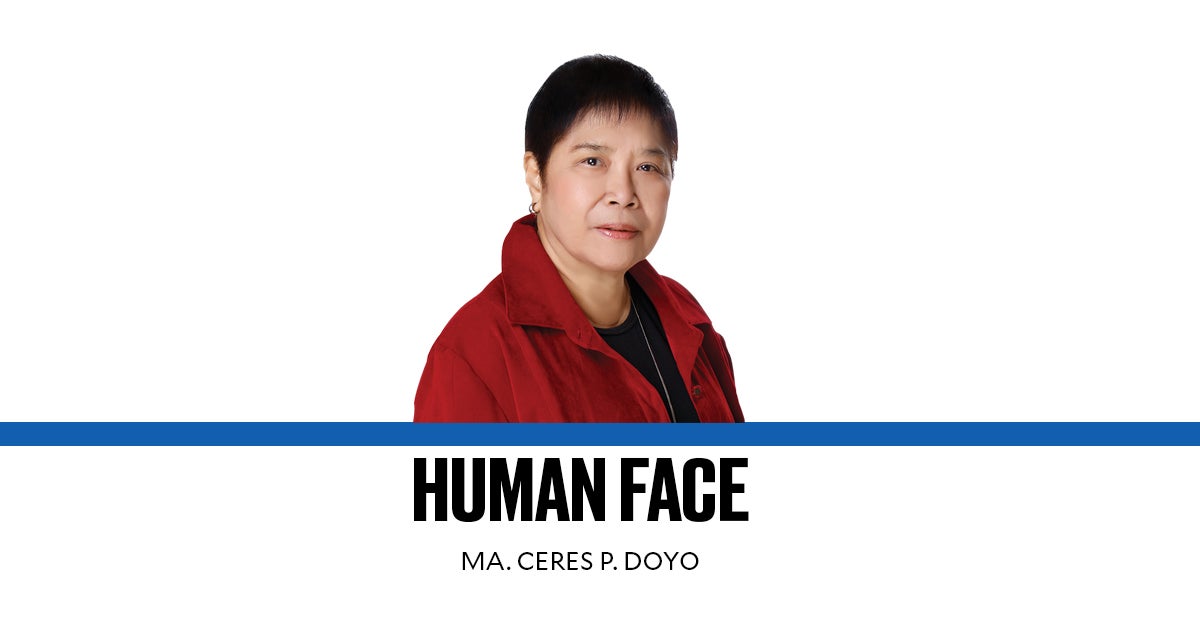
(First of two parts)
A leader of an indigenous community in Mindanao, two farmers’ rights advocates, two human rights lawyers-writers and a well-known social activist/community organizer are this year’s latest additions to the roll of honorees at Bantayog ng mga Bayani (monument for heroes) grounds in Quezon City.
Their names, recently etched on the Wall of Remembrance, will be unveiled today, Andres Bonifacio Day, in memorial rites.
Leading the Nov. 30 rites is former Vice President Leni Robredo, who will deliver the keynote address.
The six honorees are Manuel “Buyog” B. Sampiano, Emerito N. Rodriguez, Melecio L. Marimon, Jesus Antonio M. Carpio, Luis C. General Jr. and Isagani R. Serrano.
The six bring to 332 the names engraved on the black granite walls that stand meters away from the 45-foot bronze monument created by the late renowned sculptor Eduardo Castrillo. The monument depicts a defiant mother holding a fallen son.
‘Buyog’ of the Ata tribe
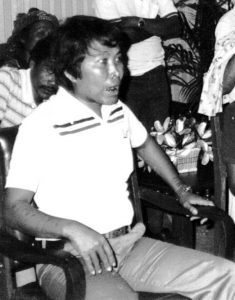
CONTRIBUTED PHOTO
Sampiano belonged to the Ata tribe in Paquibato District of Davao City. He came from a remarkable lineage of men with extrasensory gifts. Baptized a Catholic, Sampiano’s formal schooling ended at third grade but he would later become one of the first Ata catechists under the Apostolate for Cultural Communities.
He earned the nickname Buyog (Bisaya for bee) because he was always humming. He once acted as interpreter for a datu at a conference of the Episcopal Commission for Tribal Filipinos of the Catholic bishops held in Baguio City. There he learned about Kalinga leader Macli-ing Dulag who fought against the construction of the Chico Dam and was killed by military men. (Dulag’s name is on the Wall of Remembrance.)
Buyog represented the Ata in intertribal conferences sponsored by church groups. He was also his tribe’s historian.
In 1982 he witnessed Ata villages being militarized and the crackdown on suspected Ata rebels. Homes were burned and villagers hid in the forest for months. Buyog spoke against the way his people were treated. In no time, Buyog became a wanted man. The Presidential Assistant for National Minorities, a Marcos creation, rounded up Ata leaders and flew them to Manila.
Sometime in 1984, when he began to receive threats, Buyog decided to bring his people’s case to church authorities and told his family that he would be back in a few days.
Buyog never made it back and remains missing to this day.
Farmers’ rights advocate
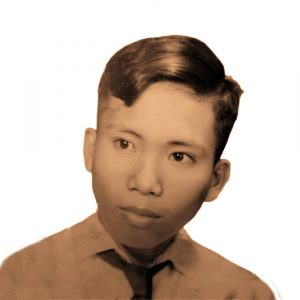
CONTRIBUTED PHOTO
Though born to a poor family in Digos, Davao del Sur, Rodriguez managed to go to college but was not able to graduate. He became a full-time organizer of Khi Rho, the youth arm of the Federation of Free Farmers (FFF). In 1972, he mobilized his Khi Rho chapter in the Davao region for a “Calvary March” to Davao City. He later became an instructor in an agro-technical school called “people’s university” set up by an FFF leader in Davao del Sur.
Shortly after then President Ferdinand Marcos Sr. declared martial law in 1972, the school was raided. Two occupants were killed and the school was shut down.
Eluding arrest, Rodriguez moved to Davao Oriental where an underground resistant movement operated. He continued sharing his agricultural know-how with farmers but he also spoke about the need to fight against the dictatorship.
On April 15, 1975, while on his way to fetch someone who was joining the resistance movement, a group of paramilitary troopers staged an ambush that killed both of them.
Rights lawyer, writer
Rodriguez is remembered as an “intellectual na hinashasan,” or one whose mind was sharpened by his immersion among the poor.
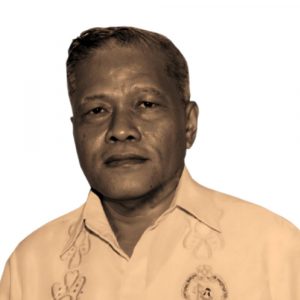
CONTRIBUTED PHOTO
Carpio began his law studies at the University of the Philippines and finished his degree at the San Beda College of Law in 1961. He practiced law in Naga City, his birthplace.
But he was first a soldier with a rank of captain, taking intelligence and counterintelligence as well as combat assignments. He voted for Marcos Sr. in the 1965 presidential elections but was soon disillusioned. He wrote scathing pieces for newspapers in the Bicol region.
During the early days of martial law, Carpio found himself arrested and detained in Camp Canuto in Pili, Camarines Sur, along with fellow lawyer and friend Luis General Jr. and other Marcos critics. He was released upon the intercession of Archbishop Teopisto Alberto.
Carpio would not be silenced. He offered legal services to those who were arrested and detained without due process. He joined the Free Legal Assistance Group composed of human rights lawyers and founded by Sen. Jose W. Diokno, also an ex-detainee. Carpio joined opposition political groups, among them the Kilusang Mamamayan Para sa Tunay na Demokrasiya (KMTD) that advocated for government reforms and the abolition of the coconut levy imposed on poor coconut farmers.
Voice of protest
At a 1981 protest rally organized by KMTD in Daet, Camarines Norte where some 3,000 marchers participated, Philippine Constabulary soldiers shot at the marchers, killing four and wounding many. Two weeks later, Carpio and KMTD coordinator Garce Vinzons Magana were arrested through an order signed by Marcos himself. The two were later exonerated by the Human Rights Committee of the Ministry of Defense. (The four farmers killed at the protest rally had been honored as Bantayog martyrs.)
After the 1983 assassination of Sen. Benigno Aquino Jr., Carpio became a leading voice of protest in the Bicol region. He called the Marcos regime “an immoral regime” that used the military to oppress citizens.
After Marcos was deposed and Corazon Aquino became president, Carpio was appointed head of the National Bureau of Investigation. He investigated human rights cases that involved government officials and men in uniform. Carpio earned accolades from his peers.
After NBI, Carpio returned to law practice in Bicol and joined his colleagues hosting a radio show. He wrote poetry that expressed his devotion to the Virgin Mary, patroness of Bicol, and his wife Bernardita with whom he had 14 children. He passed away in 2010 at the age of 78. INQ(To be continued)



